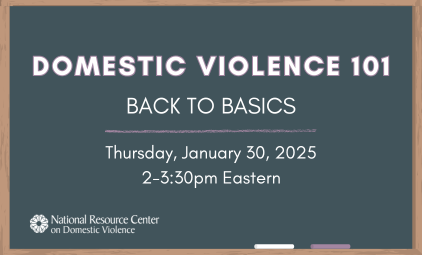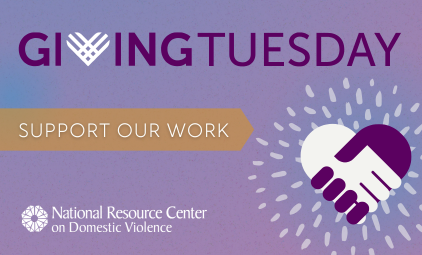A large international literature promotes restorative justice options as satisfying and empowering to crime victims. This paper examines restorative justice for sexual assault from the perspective of three groups of survivors: (a) adults victimized by adult perpetrators; (b) adults or juveniles victimized by juveniles; and (c) adults sexually molested as children by adults.
A restorative justice conceptualization involves three constituencies: (a) survivor/victims and secondarily victimized family and friends who suffer distress along with their loved one; (b) community members who experience less safety and social connection when they perceive high levels of crime and low deterrence, yet who simultaneously may be contributing to an environment supportive of sexual violence; and (c) offenders as well as their families and friends, who experience guilt and shame that is associated with being accused of a sexual crime or belonging to the interpersonal relationship context from which the offense arose. Restorative options include sharing circles, victim-offender dialogue, victim impact panels, community reparation boards, circles of support, sentencing circles, conferencing with juveniles and adults, and restorative discipline in educational settings (Umbreit et al., 2006). Whereas judicial processes and incarceration primarily aim for deterrence and punishment of the offender, restorative justice can be both responsive to survivor needs for validation, empowerment, and repair of harm and preventative of future sexual assault.
This paper reviews data documenting the high levels of attrition that transpire between reporting sexual assault to law enforcement and case disposition by prosecutors. The data demonstrate that conventional justice has over a period of years been very good at doing little to respond to sexual assault reports. Some of the notable evidence of resistance to change in this system includes the lack of a positive trend despite dedicated activism and education/training in increasing reporting or conviction rates in sexual assaults. Even when restorative alternatives are made available, the status quo frequently prevails. Program directors report that the rates of utilization by prosecutors are low.
Survivor/victims have many justice needs that are currently unmet by conventional justice. Compared to current practice, groups that could receive services from restorative justice programs include: (a) adult survivor/victims who choose not to initiate a report to law enforcement; (b) those who reported but whose cases were closed against their wishes; (c) survivor/victims whose offenders were never apprehended; (d) adult survivors of child sexual assault who were unable to come forward at the time of the offense; (e) juvenile survivor/victims whose offenders are young family members and friends where the offense was an overly extreme developmentally driven sexual exploration occurring in the absence of evidence of deviant sexual arousal; and (e) family and friends of survivor/victims, who may suffer equal or more distress than the survivor/victims. There is a credible argument that sexual assault service providers, advocates, and policy makers can take leadership in the development of restorative options both in parallel with and independent from the conventional justice system. Meeting survivor/victims' justice needs and fostering accountability is preventative in itself and bolsters the primary prevention messages that are central elements of rape prevention education programs. Innovation from both inside and outside the justice system would benefit all parties.
| Attachment | Size |
|---|---|
| A Prevention Primer for Domestic Violence: Terminology, Tools, and the Public Health Approach | 263.45 KB |













